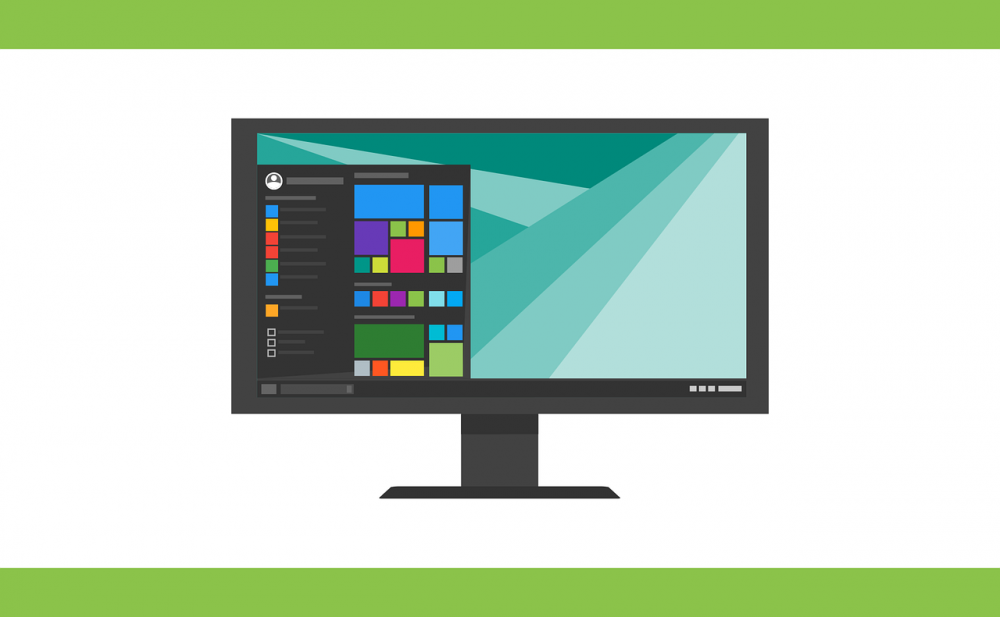Outlook App: A Comprehensive Guide for Tech Enthusiasts

Introduction
The “Outlook app” has become an integral part of our digital lives, revolutionizing the way we manage our personal and professional emails, calendars, contacts, and tasks. In this article, we will delve into the features, benefits, and advancements of the Outlook app, providing essential information for individuals interested in optimizing their productivity and staying organized.
Evolution of Outlook App

Starting from its humble beginnings as a simple email client, the Outlook app has undergone significant transformations over time. Microsoft, the brain behind this application, recognized the growing need for a comprehensive and user-friendly email management system. With every update and version release, they have strived to enhance the user experience, ensuring that Outlook remains the go-to choice for millions of users worldwide.
Let’s take a trip down memory lane and explore the key milestones in the development of the Outlook app:
1. Outlook 97: The birth of a game-changer
– Introduced as Microsoft Office’s standalone email management program
– Featured a revamped user interface and improved email organization capabilities
– Instant hit among professionals and businesses due to its seamless integration with other Office applications
2. Outlook 2000: The dawn of customization
– Offered enhanced personalization options, including customizable navigation bars and categories for emails and contacts
– Introduced the concept of mobile synchronization, allowing users to access their emails on the go
3. Outlook 20
The era of improved security
– Integrated advanced spam filters and junk email handling systems to provide a safer email experience
– Introduced the Reading Panes feature for quick preview of messages without opening them
4. Outlook 2007: The introduction of the Ribbon
– Replaced traditional menus and toolbars with the innovative Ribbon interface, optimizing accessibility and usability
– Enhanced search capabilities, making it easier to find emails, contacts, and attachments
5. Outlook 2010: The era of social integration
– Introduced the Social Connector, enabling users to integrate their social media accounts and view social updates directly in their inbox
– Enhanced calendar features, including improved scheduling and group meeting management
6. Outlook 20
The rise of modern aesthetics
– Implemented a clean and minimalist design, adopting the Metro UI introduced in Windows 8
– Introduced the “Peeks” feature for quick access to calendar and contacts without leaving the current view
7. Outlook 2016: The era of the cloud
– Integrated cloud storage via OneDrive, allowing seamless attachment sharing and collaboration
– Focused on productivity enhancements, such as improved email sorting and searching algorithms
8. Outlook for Mobile: The future in your hands
– Optimized for mobile devices, providing a consistent experience across smartphones and tablets
– Introduced intelligent features like focused inbox, email snoozing, and quick swipe actions for efficient email management on the go
As we can see, the evolution of the Outlook app has been driven by a continuous commitment to innovation, security, and user-friendliness.
Features and Benefits of Outlook App
The Outlook app boasts an impressive array of features that enhance productivity, streamline organization, and improve communication efficiency. Some notable features include:
1. Unified Inbox: The ability to view and manage multiple email accounts in one place, eliminating the need for switching between different apps.
2. Powerful Email Sorting and Filtering: Outlook’s intelligent algorithms automatically prioritize important emails and segregate them from clutter, ensuring that you focus on what matters most.
3. Calendar Integration: Seamlessly connect your email and schedule, enabling easy event creation, meeting invitations, and reminders all in one platform.
4. Contact Management: Maintain a centralized database of contacts, complete with detailed information, notes, and customized categories.
5. Task Management: Keep track of your to-do lists, assign tasks, set reminders, and monitor progress, all within the Outlook app.
6. Collaboration Capabilities: Share calendars, schedule meetings, and collaborate on documents with colleagues and teammates, fostering seamless teamwork.
7. Security Features: Benefit from Microsoft’s robust security measures, including advanced encryption, two-factor authentication, and real-time anti-phishing filters.
8. Customization and Integration: Personalize your Outlook app with themes, signatures, and preferred settings. Additionally, leverage the power of integrations with third-party apps, such as Dropbox and Evernote, to further enhance your productivity workflow.
Conclusion
The Outlook app has come a long way, adapting to the changing needs of users and staying ahead of the curve in the ever-evolving world of digital communication. With its comprehensive features, seamless integration, and constant updates, it remains a top choice for tech enthusiasts and professionals alike. Whether you are looking to streamline your inbox, manage your calendar efficiently, or collaborate seamlessly with colleagues, the Outlook app is your go-to solution for maximizing productivity and staying organized in the digital age.
Remember, embracing technology is essential, and the Outlook app empowers you to harness its full potential. So, why wait? Download the Outlook app today and experience a holistic approach to email, calendars, contacts, and tasks. Stay organized, stay connected, and stay productive with the Outlook app.





